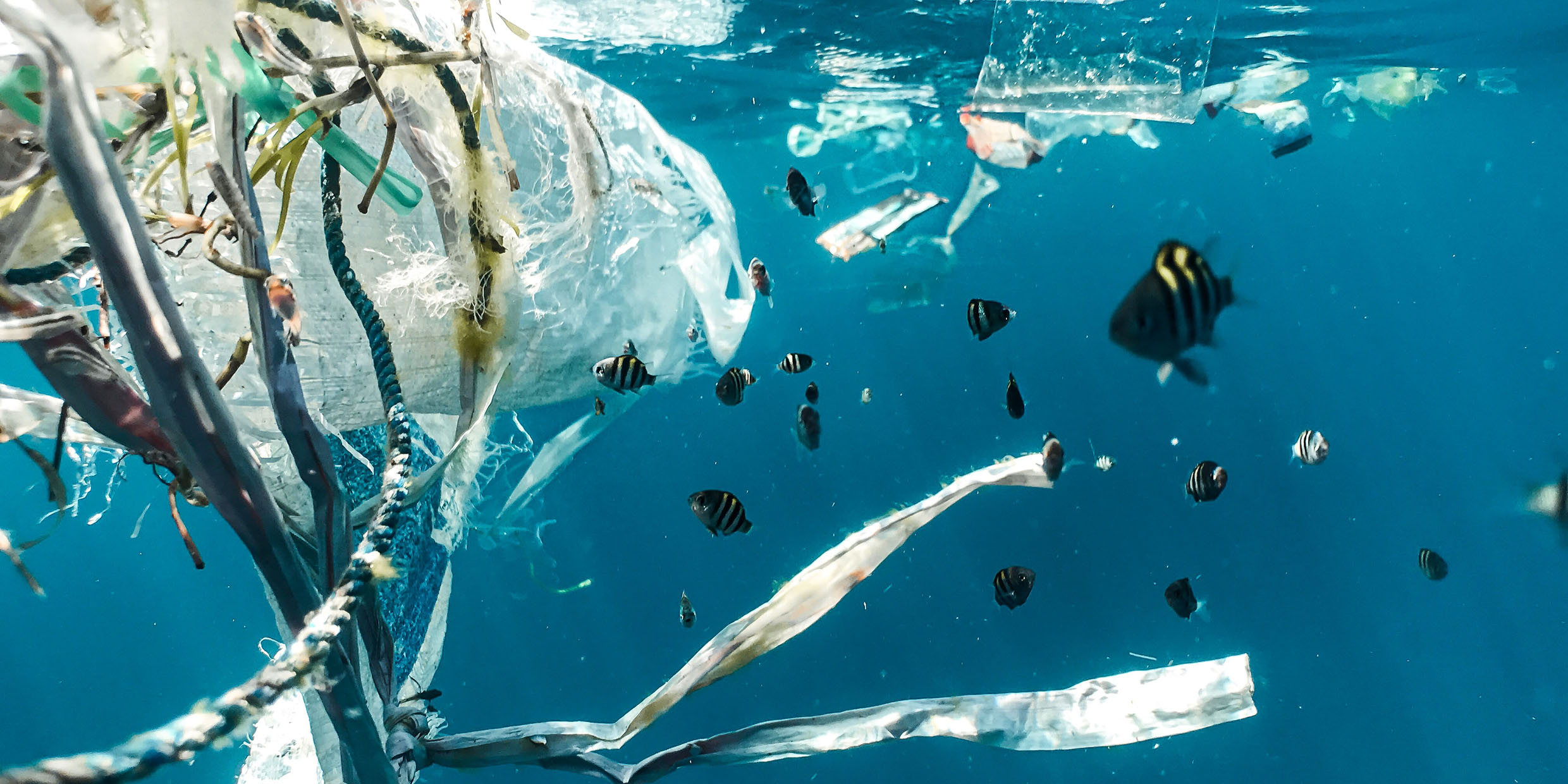Originally published 11 July 2000
The battle of the books is on.
Environmental liberals and conservatives are bashing each other in print. They have the same ostensible goal — saving the planet from despoliation — but very different strategies for doing it.
There are Soft Greens, who advocate extensive government regulation of the environment, recycling, organic farming, smaller cars, public transportation, solar energy, limits to growth, a return to wildness. Soft Greens warn of global warming, ozone depletion, overpopulation, and a catastrophic reduction of biodiversity. The Soft Green hero is Rachel Carson. The Soft Green villain is Ronald Reagan.
Then there are Hard Greens, who believe that technological solutions can be found for technological problems, and that the market is a more reliable instrument of conservation than government regulation. The wilderness is finished, they say, if it ever existed at all. Instead of worrying about tiny amounts of toxins in the environment, we should create national parks and protected natural areas. The Hard Green hero is Teddy Roosevelt. The Hard Green villain is Al Gore.
In Hard Green caricature, Soft Greens are “tree huggers” who care more about snail darters than people.
Hard Greens are tools of the big corporations, say Soft Greens, bent upon economic growth and profit at the expense of every living thing.
And so we have books from Soft Greens like Paul and Anne Ehrlich and Edward Flattau, and from Hard Greens like Wallace Kaufman and Peter Huber (from whom I borrow the terms Soft and Hard Green).
The Ehrlichs’ Soft Green subtitle: “How Anti-environmental Rhetoric Threatens Our Future.”
Huber’s Hard Green subtitle: “Saving the Environment from the Environmentalists.”
Why all the fuss? Why all this wasted energy battling each other when we should be working together on behalf of nature? Almost all humans value the natural environment, and cringe from a world that is entirely artificial. The most passionate city dweller seeks out the few patches of green that interrupt the asphalt. Even fat-cat developers, who strip wild places to build shopping malls and subdivisions, locate their own mansions in places of natural beauty.
Doom-and-gloom hand wringing on the part of Soft Greens gets us nowhere. Their constant predictions of imminent catastrophe merely play into the hands of head-in-the-sand conservatives.
And Rush Limbaugh’s Hard Green tirades about “environmental wackos” only drives liberals further into their holier-than-thou righteousness.
Most Americans recognize the need for a governmental role in environmental protection. We are genuinely glad to have the Food and Drug Administration watching out for what we eat and drink, and for the Environmental Protection Agency to keep an eye on pollution. Anyone who has visited smog-banked Mexico City welcomes federal legislation on automobile emissions. And we have no problem with international agreements to limit climate-changing greenhouse gases and ozone-depleting chlorofluorocarbons.
But most Americans also know that capitalism, globalization, and technology are here to stay. It does no good to demonize big corporations. Enlightened, green corporate leadership could be the most effective force for environmental preservation, and it’s time for environmental organizations to forge alliances with big business. We need to find ways through government policy and civic action to make the corporate bottom line reflect good environmental citizenship.
Most Americans know, too, that for all of the Soft Green rhetoric about “saving the wilderness,” the wilderness is as dead as the dodo. What we want is the preservation of remaining wild places, parks, wild rivers, national forests, seashores. We admire the esthetic of the National Park Service. We want public planners who build highways, shopping malls, housing developments, and urban spaces with an eye to green beauty. We are sick of strip malls and wall-to-wall billboards and highways without wild verges.
Most middle-of-the-road Americans look with equal disdain upon liberal yuppies who assiduously recycle while driving mammoth SUVs and “tomorrow-will-take-care-of-itself” rednecks who toss their trash onto highway verges while listening to Rush Limbaugh on the radio. We are tired of Soft Green and Hard Green name-calling. We are tired of busybody bureaucrats who intrude nit-picking regulations into every aspect of our lives, and we are tired of being asked to trust “the market.”
What we want is something that might be called Machine Green — an artificial, human-designed environment that is sensitive to nonhuman nature, spiritually uplifting, and esthetically pleasing. And we want to extend that environment to as many people and places on this planet as possible.
A few weeks ago, in northern New Mexico, I watched a group of ordinary middle-class folks, old and young, Anglo and Hispanic, spend a long Sunday picking up trash along a rural highway. No Soft Green/Hard Green battle-of-the-books apparently troubled their thoughts. Like most of us, what they want is a comfortable life hemmed with natural beauty, and they were willing to sacrifice their day off to get it.



